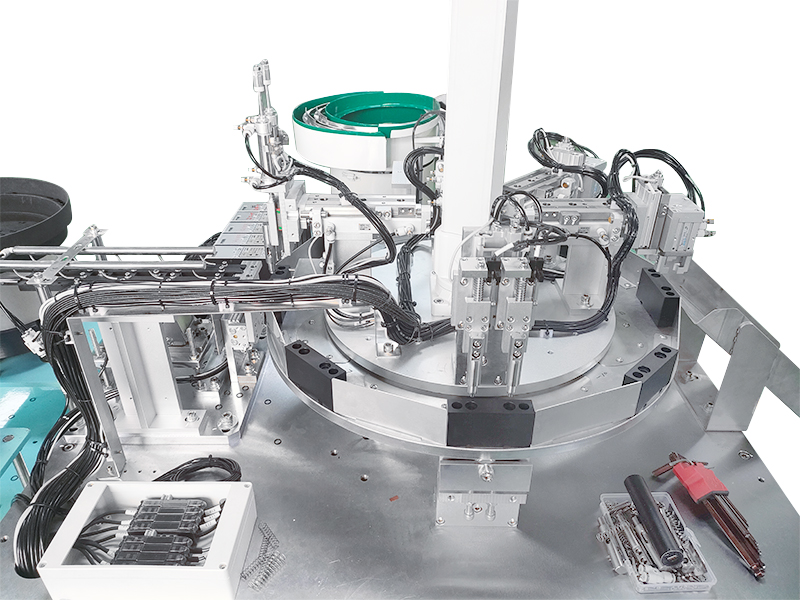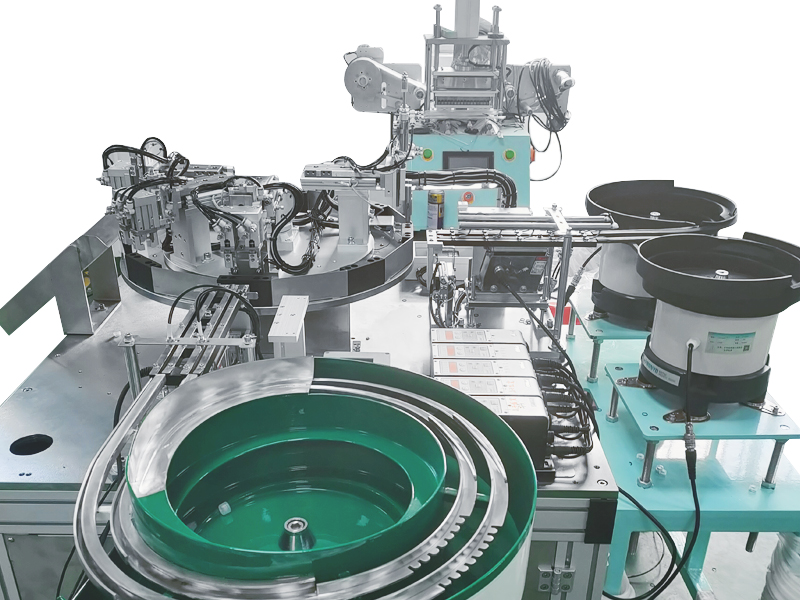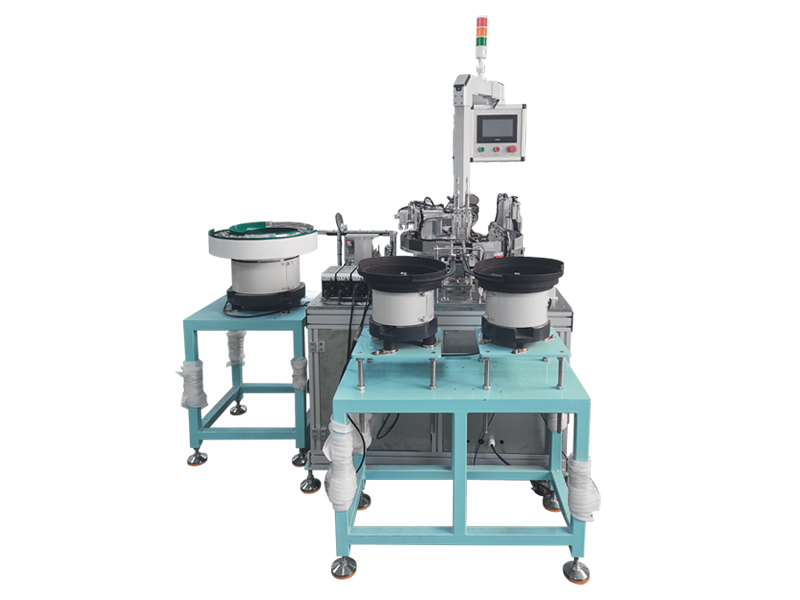Release Date:2023-03-27 14:28:54 Popularity:
Configurations for automated assembly equipment include turntable systems, continuous motion, in-line indexing, asynchronous, rotary or dial, synchronous, and walking beam transport. Automated assembly equipment includes industrial assembly robots, flexible conveyors, pick and place equipment, marking equipment, vision systems, pallet transfer systems, testing equipment, high-speed assembly, and flexible assembly equipment. High-speed assembly systems are used for high-volume production. Typical high-speed assembly rates are several hundred parts per minute or more. The flexible assembly system uses a modular structure to accommodate future expansion or process improvements.

Robotic automation for industrial assembly is transforming manufacturing, especially assembly processes, through the full or partial automation of manual, repetitive, and rule-based human activities. Industrial assembly robots are ideally positioned between dedicated automation and human labor. They are faster and more precise than humans. Additionally, operators can install and commission them faster than specifying equipment. The assembly of industrial robots is precise and repeatable, which ensures that products are manufactured to the same specifications and processes every time.
Flexible conveyors play an important role in automated assembly lines. Flexible conveyors are very commonly used in all material handling applications. Some of the most common assembly applications include palletizing, dispensing, pick and place, and assembly. Its automated systems establish repeatable methods and efficiently integrate tasks into well-balanced production lines.

Automated assembly equipment is designed to perform tasks that would otherwise be performed by assemblers manually performing assembly operations or using hand tools such as welders, drills, and pliers. Assembly workers performing manual assembly tasks face ergonomic hazards that can lead to musculoskeletal disorders. One of the advantages of automated assembly equipment is its ability to reduce ergonomic risks to assembly workers while increasing productivity.
In addition, another advantage of a fully automatic assembly line composed of automated assembly equipment is that it can effectively reduce manufacturing costs, and it can manufacture final products without any manual intervention. This means that manufacturing companies with automated assembly lines can enjoy fast, consistent and precise production, reducing production time and reducing production costs. If it's worth experiencing higher productivity at lower cost, zero human error, and accurate output every run.

Since the automated assembly line consists of multiple workstations connected by transmission and electrical control systems, the need for human intervention in operations is reduced and redistributed to quality-intensive tasks. Each workstation is designated to perform a specific task and a product goes through a sequence or sequence of processes as it is manufactured through the assembly line.